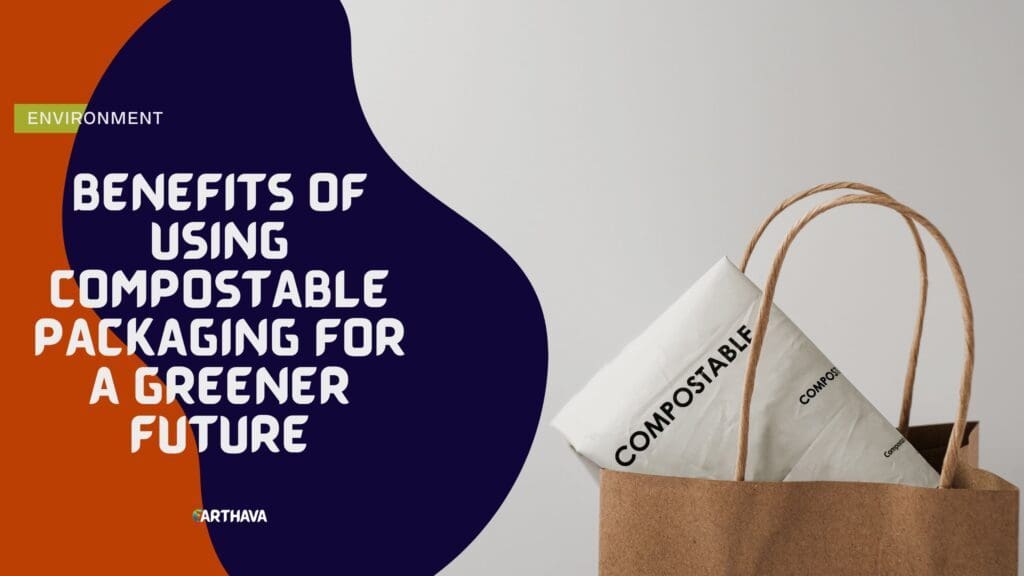As of 2024, there are over five trillion pieces of plastic garbage in the world’s oceans. Despite this alarming statistic, global plastic production exceeds 400 million tons annually. Climate scientists, environmentalists, conservationists, and marine biologists all agree: that something has to be done, quickly. The amount of plastic pollution produced each year is far from sustainable.

Single-use plastics, which are widely used in food services and packaging, are a huge part of the problem. That’s why the food and hospitality industries must take seriously their role in reducing plastic pollution by switching to recyclable and compostable packaging solutions. Replacing plastic takeout containers, utensils, cups, and straws with more sustainable options will significantly reduce the industry’s negative impact on the environment.
The Environmental Impact of Traditional Packaging
Plastic has not always been such a serious global issue, but its production has increased dramatically in the past four decades. Unfortunately, this has led to devastating environmental consequences. Due to the extremely high amounts of trash generated because of plastic waste, the world’s existing landfills are filling at an alarming rate. Eventually, there will no longer be enough space for all the trash accumulated worldwide. At the current rate, the world’s landfills will reach their maximum capacity in just a few decades.
Traditional packaging materials like plastic aren’t just problematic because of their inability to disintegrate. Plastic production contributes significantly to greenhouse gases, which are accelerating the effects of global warming. Landfills are also increasingly producing methane.
Fortunately, there is a path forward that can reduce the amount of plastic waste that ends up in landfills and in the ocean. Compostable materials have been around for centuries. Plants like papyrus were used in Ancient Egypt to package and store food. Plant-based, compostable solutions are still available today, and they serve as excellent alternatives to single-use plastic.
What are Compostable Packaging Materials?
The evidence is clear that compostable packaging is the best way to move forward to protect the planet. But what exactly is compostable packaging, and what is it made from?
Compostable packaging is made from material that can be composted. That means that because of the materials it is created with, this packaging will break down quickly and can be turned into fertilizer, which is then used to aid plant growth. Composting is used around the world to support a healthy cycle that produces little waste.
There are several types of compostable packaging, each with its own set of benefits and challenges. Some are more popular than others, and depending on the items being packaged, different compostable materials are better suited for certain situations. Regardless of the material used, compostable packaging aims to function as well as less sustainable options while leaving behind a much smaller carbon footprint.
Cornstarch
This pantry staple has proven to be a versatile ingredient in creating compostable packaging. Because of its availability and cost-effectiveness, cornstarch is an excellent option for food packaging. It holds up well, is reliable and sturdy, and has the benefit of breaking down easily when its life cycle has ended.
Bamboo
Bamboo is a great choice for compostable packaging because it is a highly renewable resource, given the speed at which bamboo grows. This plant can thrive in many environments and only takes a few months to compost. Packaging made from bamboo is strong and affordable, making it a good option for food or liquids. Bamboo is especially popular as an alternative to plastic cups since the material does not leak or fall apart easily during use.
Mushrooms
That’s right; mushrooms can be turned into a fantastic compostable packaging solution. Mushroom packaging can replace styrofoam, which is not recyclable or compostable, but has remained in use because of its sturdy and protective properties. Since mushrooms are easy to come by, sourcing them to create packaging is not difficult for manufacturers.
Environmental Benefits of Compostable Packaging
Ultimately, the goal of compostable packaging is to reduce waste and protect the environment. As more sustainable options are used in place of single-use plastics, less expensive waste will be generated, reducing greenhouse gas emissions and garbage accumulation in landfills and oceans.
There is also evidence that the natural materials used to create compostable packaging break down into the soil so well that they can increase the soil’s quality. As soil quality improves, so does the quality of the produce that grows from it.
Additionally, compostable packaging reduces air pollution. Lower amounts of methane are produced when landfills are less full, and less plastic is produced overall, reducing greenhouse gases.
Conclusion
Corporations and businesses like restaurants, hotels, and other food service and hospitality organizations have the biggest potential for making a difference. By replacing single-use plastics with compostable options for packaging, the final product that reaches the consumer is already more environmentally sustainable. The benefits of using compostable packaging vastly outnumber any challenges, and the long-term positive environmental impact cannot be overstated.
Studies show that globally, nearly half of consumers state that they are more likely to purchase from a company that prioritizes sustainable practices. Given the fact that in general, people are moving toward making more environmentally conscious decisions with their money, it is clear that companies who focus on greener practices will benefit in more ways than one.


